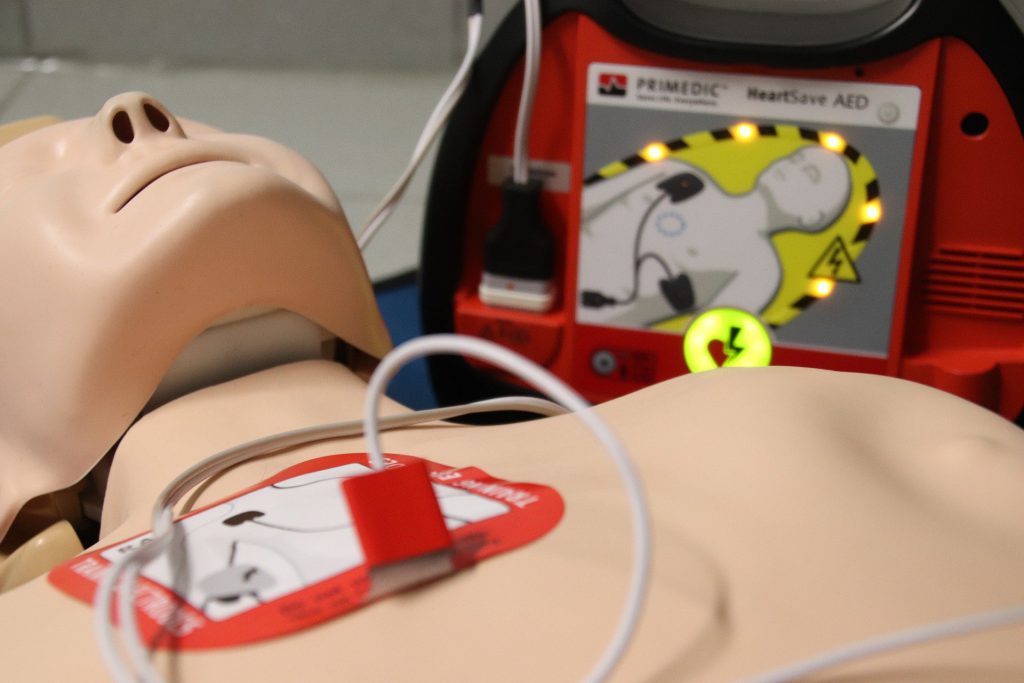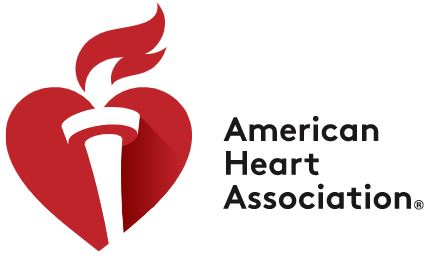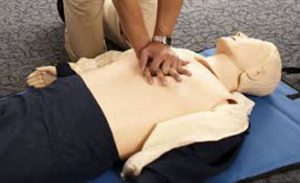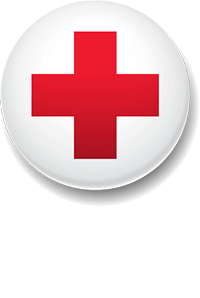As we reach the six-month mark of the COVID-19 pandemic, the American Heart Association (AHA) has issued new information on its CPR training provider and instructor certification cards.

Initially, the deadline for instructor card renewals was extended by 60 days in areas with widespread COVID-19 spread. (We go into those details more extensively on an earlier blog post.) Now, the AHA is giving cardholders a 120-day extension. The due dates are based on the “renew by” dates listed on existing certification cards.

Exception For Areas Still Under Distancing Restrictions
There is one exception. Cardholders and training centers with cards expiring at the end of July may have until the end of October 2020 to renew their certification, if they are in areas that are still under lockdowns and restrictions.
Normal Renewal Timelines Apply
For those with cards that expired at the end of last month and going forward, the AHA states that renewals must take place by the recommended renewal dates.
Follow Local Instructions and Use Discretion
The AHA offers some flexibility, reminding training centers to follow local mandates and recommendations, and to use their discretion in ensuring the safest environment for CPR students.
If you are running out of time to renew your AHA instructor card, HeartCert is here to help. We’re offering CPR instructor courses at our Twin Cities location, and are taking every necessary precaution to keep our students safe. Contact us with any questions.
HeartCert CPR is your trusted training partner for CPR, ACLS, PALS, EMR and First Aid in the Twin Cities and throughout greater Minnesota. HeartCert offers a variety of courses, including CPR/AED/First Aid and CPR/AED, Basic Life Support (BLS), Advanced Cardiac Life Support (ACLS), Pediatric Advanced Life Support (PALS), and Certified Nursing Assistant training. Courses and certifications from both the American Heart Association and American Red Cross are available.
Find your CPR class at any of our convenient Twin Cities locations, including our headquarters, HeartCert CPR Eagan.









